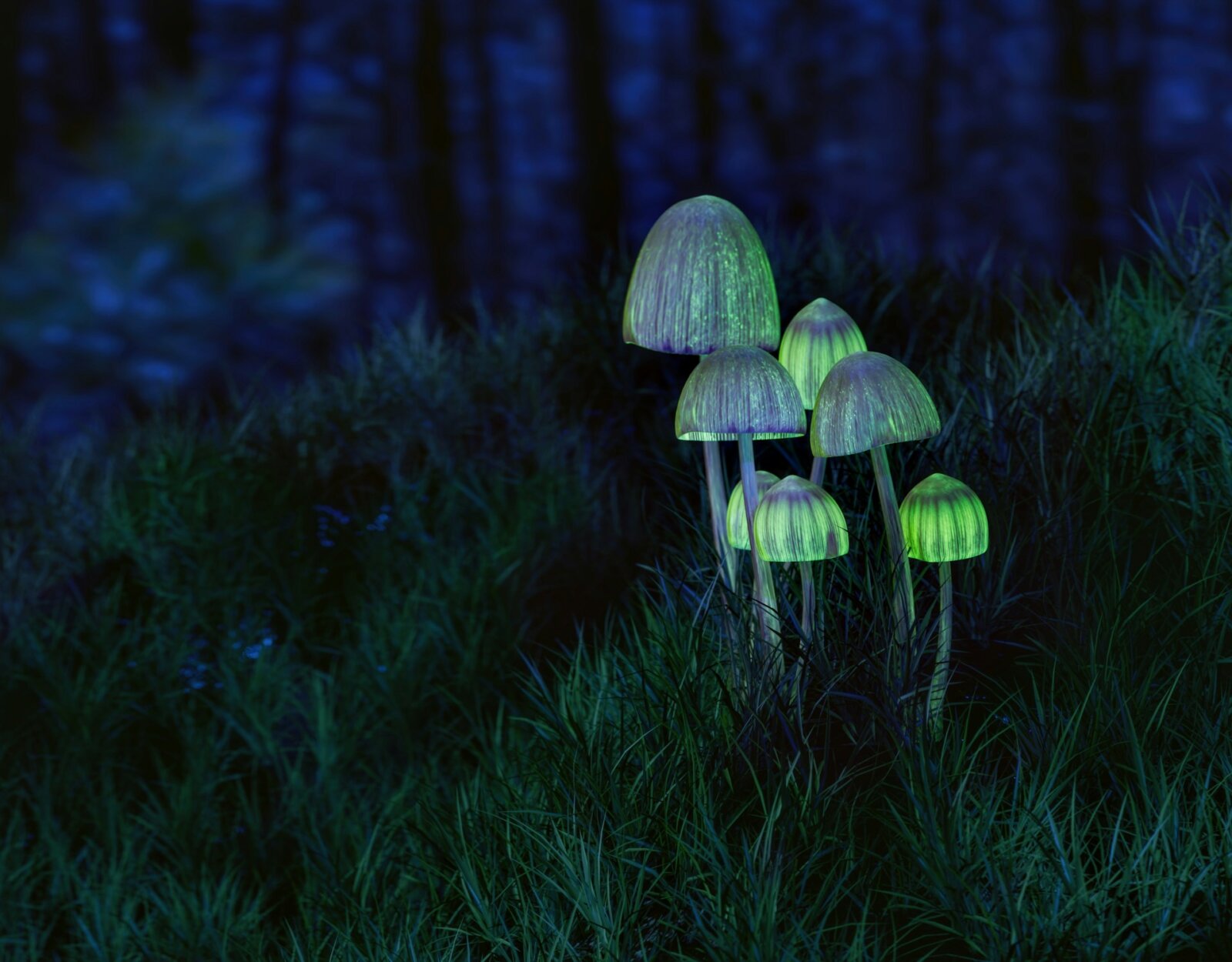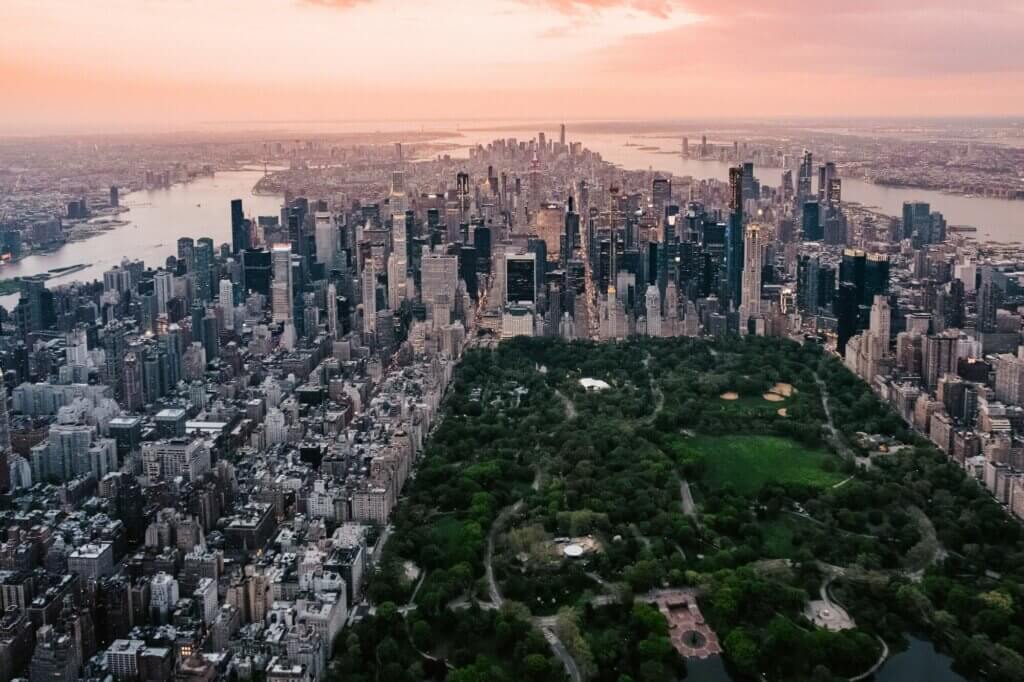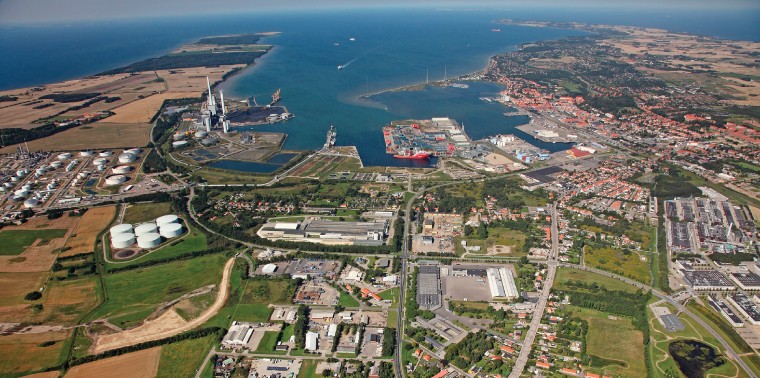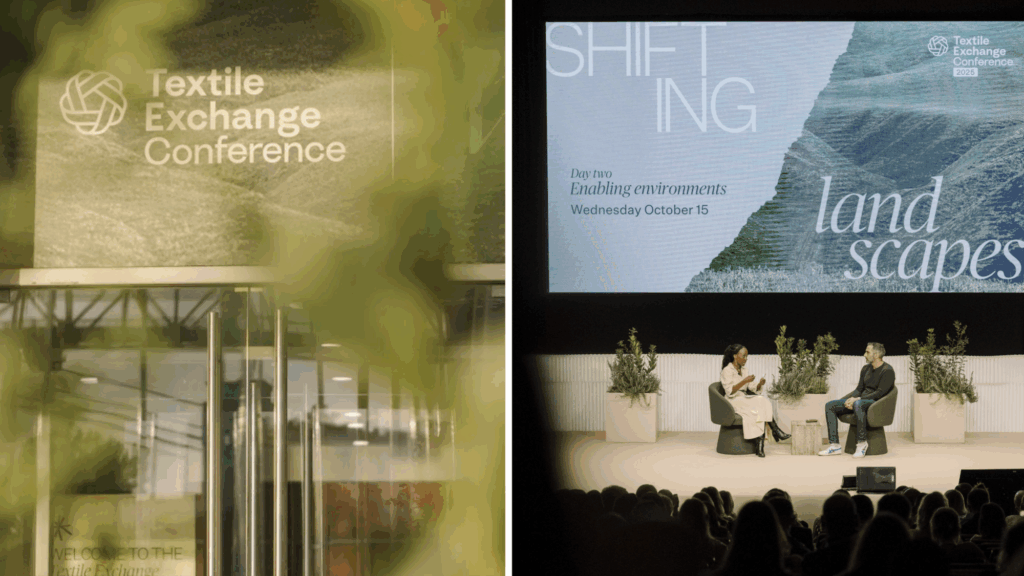
News & Updates
Updates from the Institute
Biomimicry Institute Unveils AskNature Chat Feature and Advances 10-Year Vision at Climate Week
NYC 2025MISSOULA, MT — September 2025 The Biomimicry Institute is advancing its bold 10-year strategy to accelerate a Nature Positive, inclusive, and regenerative future by announcing a major new digital initiative at Climate Week NYC…

Biomimicry Institute Launches their Inaugural Co-Lab focused on Buildings, Cities & Infrastructure
Biomimicry Institute Launches their Inaugural Co-Lab focused on Buildings, Cities & Infrastructure aimed to catalyze sector-wide shift toward nature-positive solutions.

Woven into the World: Reflections on the Spaces that Hold Us
In the Northern Hemisphere, where I am writing from in Montana, the world is beginning its slow exhale into quiet rhythms. But wherever you are in the world, whether your days are growing shorter or…

Cities as Ecosystems: Rethinking Infrastructure with Nature as Mentor
Modern cities are incredible feats of engineering, but many are also brittle, siloed, and unsustainable. Buildings consume vast amounts of energy, water, and materials. Water, waste, and power infrastructure systems are often designed in isolation,…

Shifting Landscapes: Reflections from Textile Exchange 2025 in Lisbon
From Convincing to Creating The mood throughout the conference was urgent yet hopeful. As Inna Kitaychik described it, the subtext has shifted from “What should we do to fix the problem?” to “Who is my…

Upcoming events
Biomaterials and the Future of Manufacturing: Lessons from Nature with Tim McGee
Join us for a conversation with Tim McGee, who will explore how manufacturing and materials can draw inspiration from living systems; from mussel byssal threads that produce self-healing fibers to cable bacteria that hint at…

